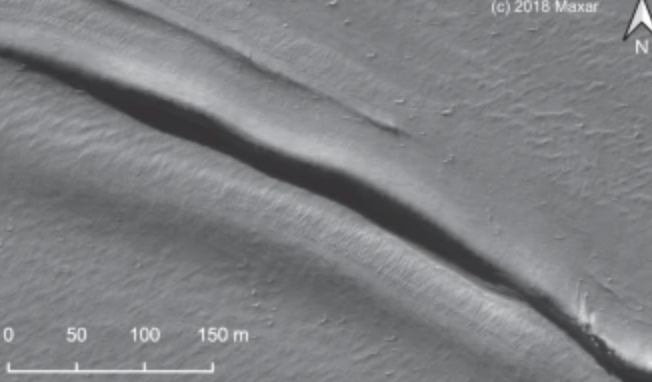The discovery was on one of Jupiter’s 53 moons
We are one step closer to first contact with an alien species after a recent discovery on one of Jupiter’s moons brought hope to the cause.
According to a new study published in the Nature Communications journal today (April 19), the water beneath Europa, one of Jupiter’s 53 moons, which was long deemed inaccessible could be accessed from shallow depths. Such discoveries could show life within the water, which in turn would technically be the first evidence of life among the stars.
Essentially, scientists found ice ridges in Greenland that are very similar to those dotted around Europa’s surface. Should these ridges share similarities in formation, it could mean that water samples from Europa are readily accessible.

Dr Riley Culberg is a geophysicist studying ice sheets and glaciers at Stanford University in California but he works with an interdisciplinary team of researchers who often share their work with each other. Still, when one of his colleagues was showing the team images of ridges crisscrossing Europa’s surface, he was taken by surprise.
“It’s like, ‘Wow, this looks exactly like this super weird thing that I saw in my data from Greenland the other day,’” said Dr Culberg.
In Greenland, he found a “double ridge” separated by a large trough measuring 50 meters wide.

“If you sliced it in half and looked at the cross-section, it would be kind of like the capital letter ‘M’,” Dr Culberg said. While the double ridge in Greenland is the first of its kind, there are many similar ones 628.3 million km away on Europa, which Dr Culberg believes could be “160 to 200 metres tall.”
“Because water expands when it freezes, that interior water in the core of this pocket gets pressurized. We think eventually there was so much pressure there that it fractured, and that you have these little sort of up-shoots of water getting forced out of the water pocket and then sort of forced the surface to also dome up into these ridges.”
Dr Culberg explained: “This is maybe water from the subsurface ocean that can get forced up through fractures inside of the ice shell.
“Or possibly you could get some kind of internal melting inside of the shell if you have a like plume of warm, buoyant ice that rises far enough up in it.”
Future space missions could access this water and test it for signs of life.
“It takes a pretty big setup, it takes a lot of power — you’re not going to pop this on like a Mars-sized rover or something,” Dr Culberg detailed. “It’s going to be difficult, but this is something we do on Earth.”
Related links:
- Not content with invading Ukraine, Putin says Russia will return to the moon
- Major solar storm alert issued as Earth is hit by expulsion from the Sun
- Elon Musk says ‘almost anyone’ can afford $100,000 ticket to Mars








































